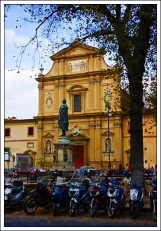
Piazza San Marco Florence
The present day Church and Monastery of San Marco in Florence was built on the foundation of a 12th Century Valambrosian Monastery. It was in 1435 that the Dominicans from the Convent of San Domenico, located in the hills above Florence in the town of Fiesole, assumed responsibility for the church and buildings. In 1437, the prior of San Marco appealed to Cosimo di Medici (the elder) for the funds to expand the entire complex. Such request was granted and the building you enter today are as those of the time of the early Renaissance.
The piazza that fronts the church is a hive of constant activity. Buses from across the city stop near a wonderful gelateria, Carabè. Motorcycles parked like the spine of a dinosaur line the edges of the central garden and fountain. It is a space that meets its design, yet detracts from enticing visitors into one of the most peaceful and most treasured collections of art in Florence.
Enter. Early morning is the best time to visit, before the crowds arrive. I am always in San Marco immediately after opening at 8:15am. Walking through the arched Cloister of Sant’Antonio and up the long stairway to the monks cells is, for me, a voyage back in time. Morning light reflects against the sandal-polished terracotta floors that line the hallways.
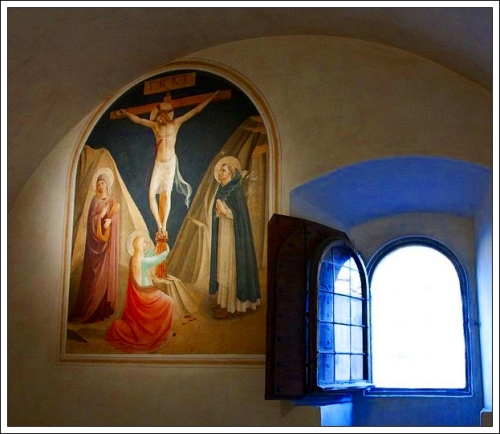
The light of Angelico, the Shadows in San Marco
In each of the cells are works by the early Renaissance artist and master of the fresco Fra Angelico (Beato Angelico in Italian). There are a total of forty-three monk’s cells at San Marco, each decorated with a work by Angelico. What startles most visitors on each visit is the masterpiece of this level of the Monastery, Fra Angelico’s Annunciation.
The master’s use of light – note the beam of sunlight that touches Mary, the fine detail of the angel’s wings. Even the folds of the cloth on both main figures is as if you could touch and feel the texture of the fabric. The panel at the base of the work tells the story of Mary’s life.Devoid of most other symbols that were used in most depictions of this event, and of Mary’s life, Fra Angelico chose to focus on the moment and the effect that the news brought by an angel had on Mary.

Fra Angelico
Annunciation
1438 – 1445
Within the hushed corridors of this spiritual place, I remember the monks who, from early morning til dark, toiled daily at their chores and then returned to their cells reminded by Angelico’s work of the most important reason they had dedicated their life to the church.
After time in this area of the monastery, I descend the long stairwell and enter the small refectory. It was in this very room that Ghirlandaio, a master who studied the hand of Fra Angelico, created what many consider his masterpiece, L’ultima Cena, the Last Supper. The work was completed in 1486 and is located in the small refectory, a place reserved for very special guests in the lodger’s wing of the monastery. The space now also contains the book shop, where you can find some gorgeous art books if you are interested.
The work by Ghirlandaio not so much mimics, rather pays deference to, an earlier work by Andrea del Castango in the Convent of Sant’Apollonia located only a five minute walk from Piazza San Marco. With the actual arches in the space providing a shelter for the fresco, the entire wall is covered in the most incredible colors. Again, and as with Angelico, the folds of fabric, the details of beards, the fingernails of the saints, the shimmer of light on the old halos above each of the figures nearly beyond belief. This is another gift from the halls of San Marco.

Last Supper
Domenico Ghirlandaio 1486 Monastery San Marco
On March 21 of 2011, the Tabernacle of the Linaioli, a highly prized masterpiece by Fra Angelico, was showcased in the Library of Michelozzo on the second level of the Monastery. I was fortunate to discover this treasured display in May of that same year. Michelozzo’s Library is a perfect example of Renaissance symmetry and balance. Columns and arches support a space that has three aisles.
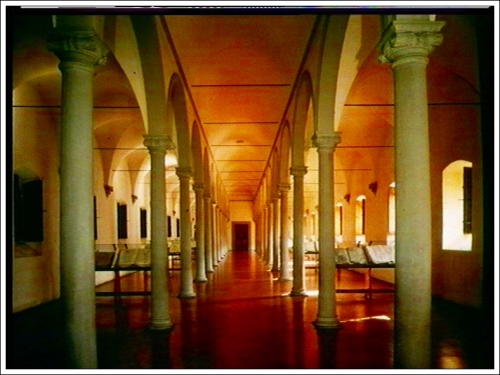
Library after Michelozzo
Monastery of San Marco
On the particular day I visited (and I returned numerous times as well) there was not one other person on the second level of the building. At the far end of the dark columned space was the brightly lit Tabernacle. The effect was unforgettable. There, for the world to see was a freshly and perfectly restored masterpiece of the 15th Century. The wonder of this piece was not only the incredible brilliance of the paint. Around the back of the three panels was a large X-ray of the actual internal construction of the wood upon which Angelico painted. What struck me most about the internal structure of the work was that it had been strengthened and reinforced, it had been lovingly cared for. As I have believed for many years, if anyone in the world can successfully restore art it is the Italians.

Tabernacolo dei Linaioli, 1432 – 1433
Fra Angelico
Pilgrim’s Hospice San Marco Florence
Perhaps, as you study this photo, you can imagine what it was like to come upon this spectacular and especially moving work all alone.
The restored work is back in its original location, the Pilgrim’s Hospice in the Monastery.
If you find yourself in Florence, get up and going early. Visit before of the city is even awake and listen to the whispers of Dominican monks, study the shimmer of light on terracotta, the reflection from frescoes of incredible beauty while surrounded by a glorious Renaissance Monastery.
IF YOU GO:
Museum and Monastery of San Marco
Piazza San Marco, 3 Florence
Tel: 055.238.86.08
Note the very unusual hours of this Museum and Church!
Monday to Friday, 8:15Am to 1:50PM, Saturday and Sunday 8:15AM to 4:50PM.
Closed the 1st, 3rd, 5th Sunday and 2nd and 4th Monday of every month, New year’s Day, May 1, Christmas Day. These hours are subject to change so it is best to check at your hotel and or with the Museum directly if you have any questions.
Read Full Post »

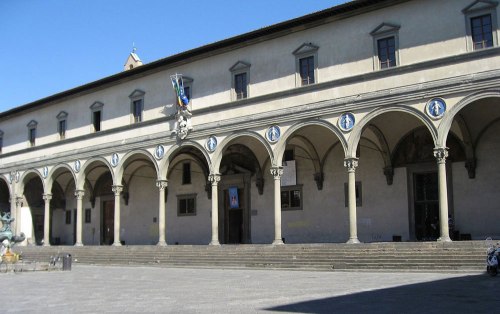
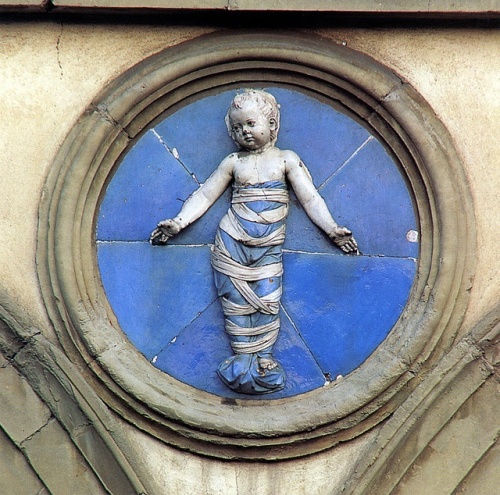

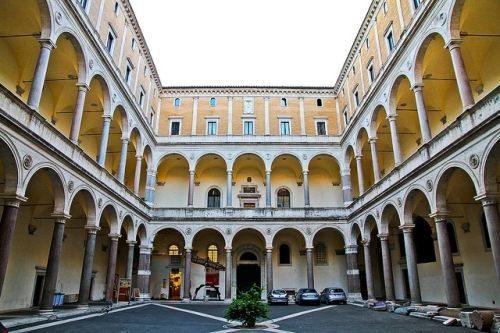


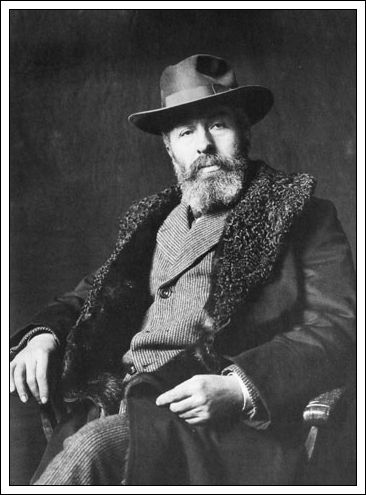
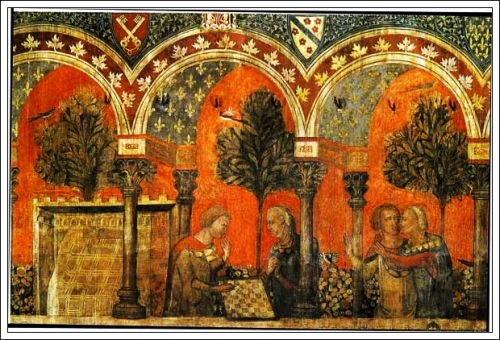
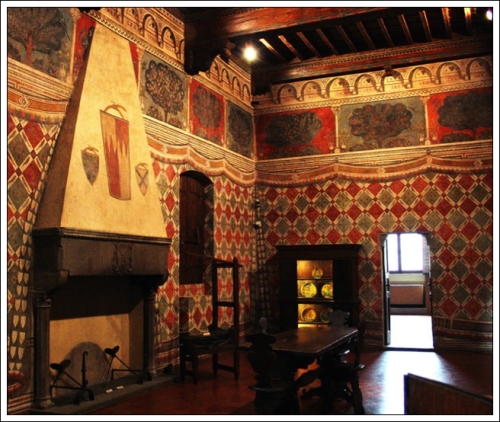







You must be logged in to post a comment.